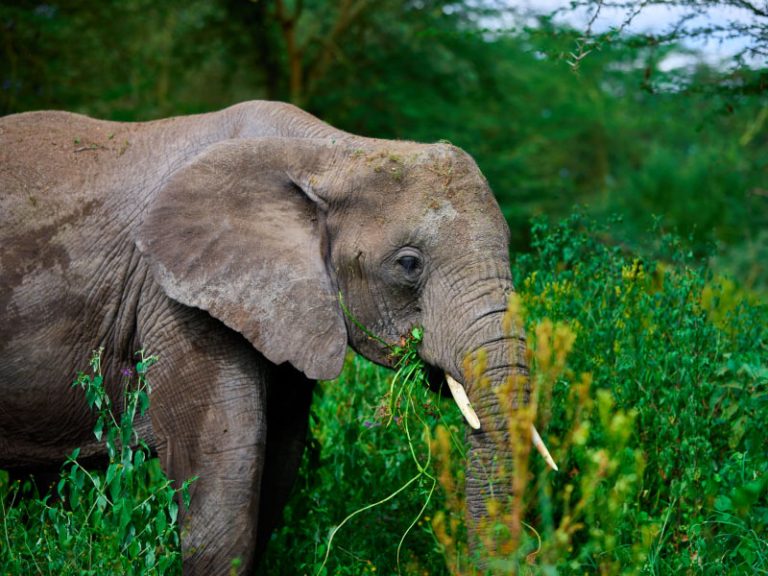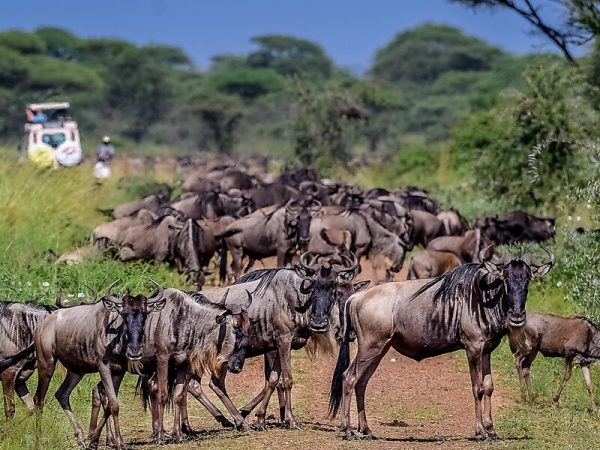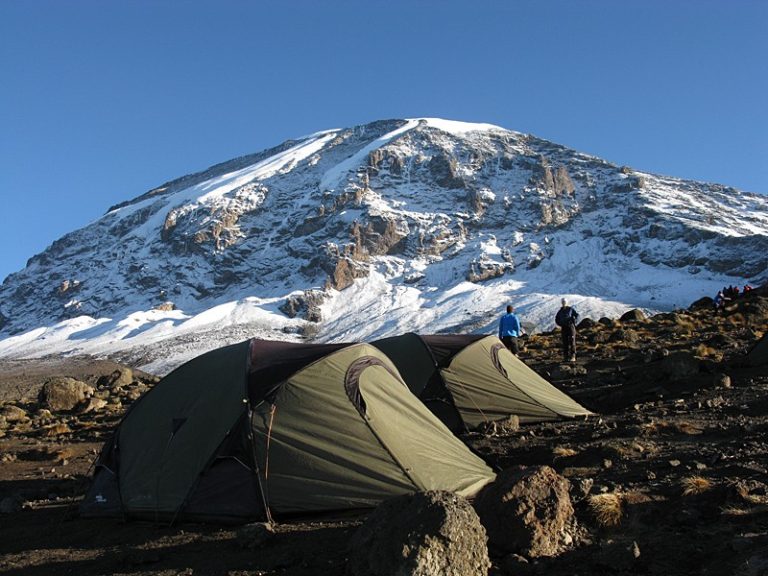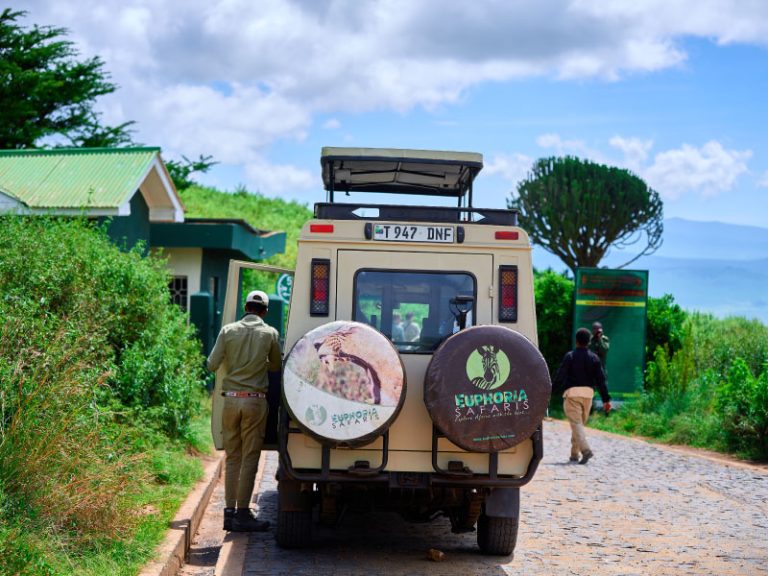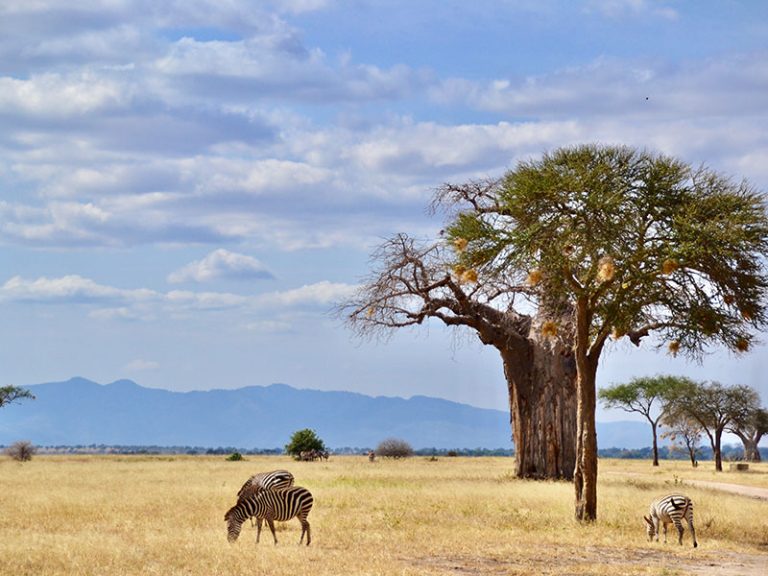The Serengeti National Park most likely comes to mind when you imagine a traditional safari. It is one of the world’s most magnificent national parks, so you are right to feel that way.
Northwest Tanzania is home to the Serengeti National Park. One of the planet’s final wildlife migrations is made possible by the park and its adjacent reserves. The park was designated a UNESCO World Heritage Site in 1981 for a variety of reasons, including this animal extravaganza, the area’s enormous diversity of fauna, and its stunning yet varied terrain.
The Great Wildebeest Migration and the Big Five can be seen at the Serengeti National Park, which provides year-round excellent animal viewing.
The Serengeti’s regions
A sneak peek at what’s in store.
The Central Serengeti (seronera)
Home to a multitude of animals, the Seronera Valley is the central region of the park. See the lions and cheetahs sleeping beneath the acacia trees’ shade on the plains. Palm, sausage, and yellow fever trees flank the Seronera River. Numerous creatures, including a large number of leopards, are drawn to the river, including birds. Vegetarian giants in their native habitat can be observed in the Retima Hippo Pool.
Serengeti in the South
The vast grasslands and enormous granite formations known as kopjes, which are home to the entire food chain, will astound you in the southern plains. To mention a few, kopjes provide ideal shaded spots for lions, leopards, cheetahs, and hyenas to rest, as well as acting as lookouts and nurseries. Agama lizards in vibrant colors and rock hyraxes are two other fascinating animals to keep an eye out for. Every kopje has a name. The ones that are most well-known are Moru, Gol, Research, and Simba. The wildebeest calving season runs from January to February in the area of Lake Ndutu. During this period, a large number of predators might be observed.
Serengeti in the West
Nearly as far as Lake Victoria is the Western Serengeti. Black cotton soils and forested savannah replace the original vegetation, becoming impassable during the rainy season. Two sizable rivers flow through the park: the Mbalageti River and the Grumeti River, both of which empty into Lake Victoria. The game reserves of Ikorongo and Grumeti border the park. River crossings, enormous crocodiles, and the endangered Patas monkeys are the main draws of the Grumeti River. The Grumeti River crossing opens in mid-May when the wildebeest migrate through this region.
Serengeti in the north
Hill ranges, riverine forests, and open woods make up the Northern Serengeti. Here lies the gorgeous Mara River, home of five-meter-long crocodiles and the famous wildebeest river crossing, which is most spectacular in mid-July. This is an excellent place for a private safari experience because it is much less visited by tourists.
The Serengeti National Park’s fauna and avian species
The Big Five (elephant, buffalo, leopard, rhino, and lion) can be found in the park. But it can be challenging to identify the Black Rhino. Lions, leopards, and cheetahs are abundant in the Serengeti. The savannah is home to buffalo and an increasing number of elephants.
An enormous migration of wildebeests
it’s incredible to witness approximately 1.5 million wildebeest in one location. Predators are drawn to populations of herbivores. Enthralling river crossings and the drama they play out over the plains
An image of the wildebeest migration Take a trip to the park between June and October to witness the migration. The ideal time to see the Mara River river crossing is in July. But be advised that both at the crossing points and in the park, things will get very congested. We advise traveling to more remote parts of the park or coming during the off-peak months for a more personal safari experience. While the wildebeest rut (mating season) happens from May to June, the calving season runs from January to February. The greatest time to view the Grumeti River crossing is in the middle of May. Learn more about our safaris during migration.
